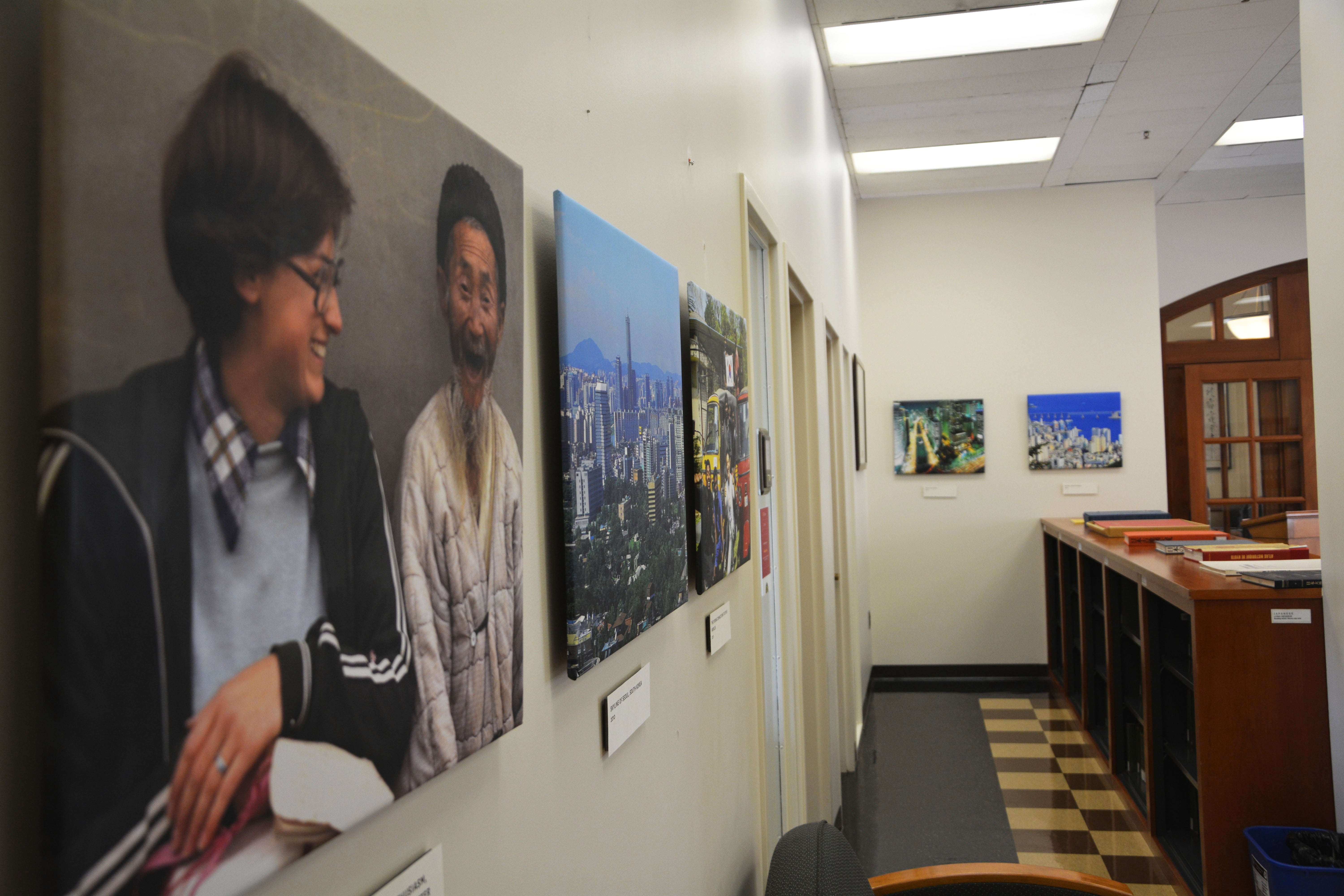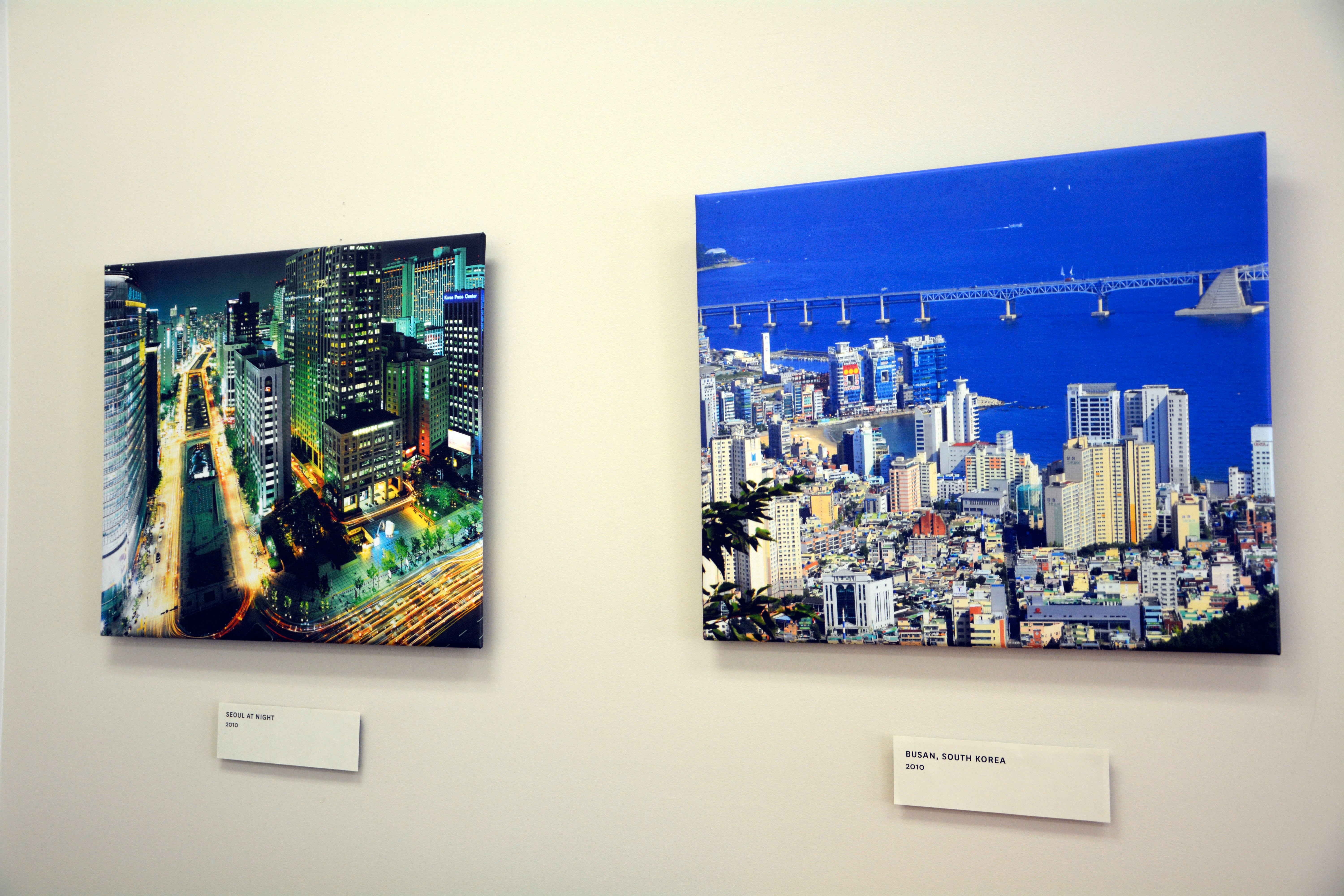
An exhibition in USC’s East Asian Library highlights the work of Peace Corps volunteers around the world, focusing on their presence in Korea over recent decades.
A Story of Volunteerism, on display through June 16 on the first floor of Doheny Memorial Library, depicts through photographs and paintings some of the changes brought by the nearly 2,000 volunteers who have lived in villages and cities throughout Korea, working in schools and with public health programs.
The Peace Corps, which aims to increase cultural exchange while offering economic and social assistance to developing countries, was created by President John F. Kennedy in 1961.
At the opening reception on June 5, former American Ambassador to South Korea Kathleen Stephens reflected on her transformative experience with the organization, “I went to Korea 40 years ago as a Peace Corps volunteer and seeing these pictures reminded me of how I grew up in Korea. It was challenging to be a young woman in a completely new and different environment but what I see here today is the strengthening of the friendship between Korea and the United States.”
Using traditional materials of ink and brush on rice paper, former Peace Corps healthcare volunteer Neil Landreville contributed to the exhibition his paintings of Jeolla Province, a predominantly rural region in the southwest of the country. With generous grants from the Korea Foundation, USC’s Korean Heritage Library has assembled an extensive collection of books, journals, films, maps, and digital resources documenting the history and culture of Jeolla.
Since 1990, Korea has been paying forward the assistance it received by providing volunteers for other countries in need. Consul General Hyun-Myung Kim emphasized the benefits of diplomatic partnerships as he described Korea's volunteer history, “Korean Peace Corps volunteers are working in needy countries to continue a legacy of friendship and education. It is very meaningful that we received support from the USC Libraries to share the change and legacy documented in this exhibit. Working in the Peace Corps you can be helped by helping others. By helping others, you will make the world a better place to live.”
